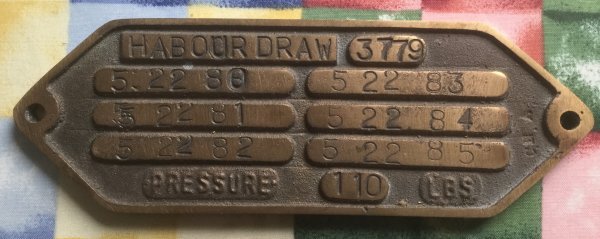- Joined
- Feb 8, 2014
- Messages
- 494
I worked for 33 years in glass manufacturing. Compressed air operated the product forming machines. I was a maintenance supervisor in several plants & had air compressor maintenance responsibility on a corporate level for a time. Each plant normally required 3000 t0 5500 horsepower of air compressors online 24/7/365. Draining the air receivers & low points was a major problem. I used automatic valves of all types, electric solenoid, electric motorized valves, float valves, timer controlled air cylinder valves, etc but it still took a person to daily check them. Even then I found people just cracked the bypass valve & let it blow 24/7. One time I estimated we used 500 to 800 HP of air to get rid of water in the lines. I had a solution figured out but corporate would not take the chance. I was going to DEHUMIDIFY the air at the intakes. "Less water in equals less water out." So if you want less water in your air tank, Air condition your shop, get the humidity below 45% you will see a big difference, plus less rust, & you will feel cooler. Problem solved!





